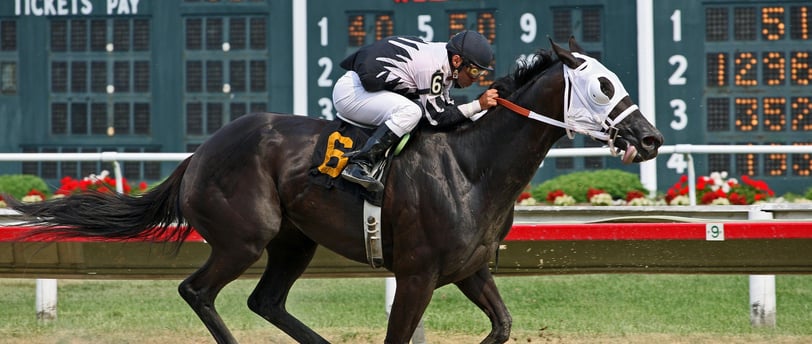Unveiling the Secrets of the Kentucky Derby and Kentucky Oaks Post Position Draws
A look at the rich history and significance of the Kentucky Derby and Kentucky Oaks Post Position Draws, pivotal moments shaping the outcome of these iconic horse racing events. Don't miss the excitement!"
4/27/20243 min read


Introduction
The Kentucky Derby and Kentucky Oaks are two of the most prestigious horse racing events in the United States. Every year, thousands of spectators gather at Churchill Downs in Louisville, Kentucky, to witness these thrilling races. One of the most anticipated moments leading up to the races is the post position draw, where the starting positions for each horse are determined. This years post position draws are scheduled to occur at Churchill Downs on Saturday, April 27th. Below we will provide an overview of the Kentucky Derby and Kentucky Oaks post position draws, including some background and history, the most coveted race positions, and a breakdown of winners per post position.
Background and History
The Kentucky Derby, often referred to as "The Run for the Roses," is a Grade I stakes race for three-year-old Thoroughbred horses. It has been held annually since 1875 and is the first leg of the Triple Crown, followed by the Preakness Stakes and the Belmont Stakes. The Kentucky Oaks, on the other hand, is a Grade I stakes race for three-year-old fillies and has been run since 1875 as well.
The post position draw is an important event that takes place a few days before the actual races. It determines the starting positions for each horse and can play a significant role in the outcome of the races. The post positions are numbered from one to twenty, with the number one position being closest to the inside rail.
Most Coveted Race Positions
While there is no definitive answer to which race position is the most coveted, some positions have historically been more successful than others. The inside positions, particularly post positions one through five, are often considered advantageous as they allow horses to save ground and take advantage of the shortest route around the track.
However, it is important to note that the Kentucky Derby and Kentucky Oaks are both large-field races, with up to twenty horses competing. This means that traffic and positioning can heavily influence the outcome of the race, regardless of the starting position.
Breakdown of Winners per Post Position
Over the years, different post positions have produced varying levels of success in the Kentucky Derby and Kentucky Oaks. Let's take a closer look at the breakdown of winners per post position in both races:
Kentucky Derby
Post Position 1: 12 winners
Post Position 2: 9 winners
Post Position 3: 8 winners
Post Position 4: 7 winners
Post Position 5: 10 winners
Post Position 6: 4 winners
Post Position 7: 8 winners
Post Position 8: 5 winners
Post Position 9: 4 winners
Post Position 10: 3 winners
Post Position 11: 4 winners
Post Position 12: 2 winners
Post Position 13: 3 winners
Post Position 14: 2 winners
Post Position 15: 3 winners
Post Position 16: 2 winners
Post Position 17: 2 winners
Post Position 18: 1 winner
Post Position 19: 1 winner
Post Position 20: 2 winners
Kentucky Oaks
Post Position 1: 9 winners
Post Position 2: 6 winners
Post Position 3: 7 winners
Post Position 4: 5 winners
Post Position 5: 5 winners
Post Position 6: 3 winners
Post Position 7: 4 winners
Post Position 8: 2 winners
Post Position 9: 3 winners
Post Position 10: 3 winners
Post Position 11: 2 winners
Post Position 12: 1 winner
Post Position 13: 2 winners
Post Position 14: 2 winners
Post Position 15: 1 winner
Post Position 16: 1 winner
Post Position 17: 1 winner
Post Position 18: 1 winner
Post Position 19: 1 winner
Post Position 20: 2 winners
Conclusion
The post position draw is an exciting event that adds an extra layer of anticipation to the week ahead of the Kentucky Derby and Kentucky Oaks. While some race positions may be considered more coveted than others, the outcome of the races ultimately depends on various factors, including the skill of the jockey, the form of the horse, and the ability to navigate the traffic during the race. Regardless of the starting position, both races provide a thrilling spectacle for horse racing enthusiasts and a chance for history to be made.
For my thoughts on why I believe the 150th running of the Kentucky Derby could very well be compared to the Super Bowl, please take a look at my previous blog post.
